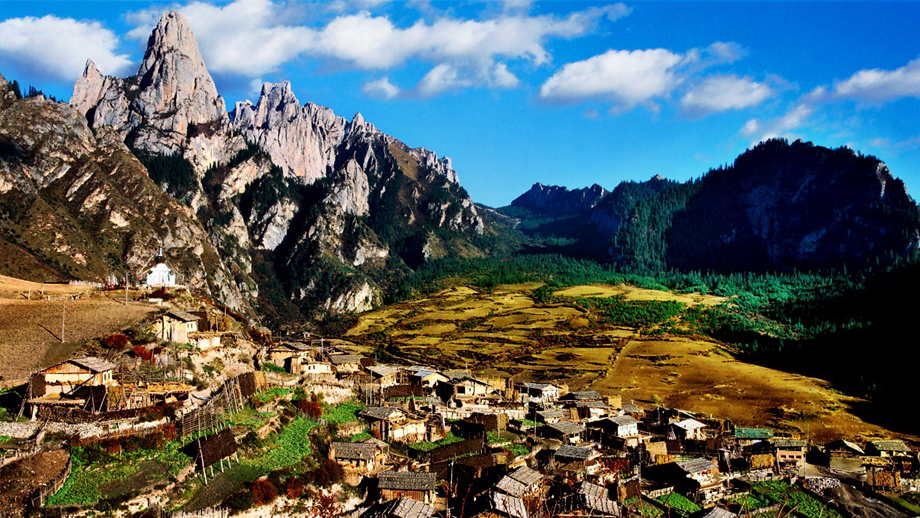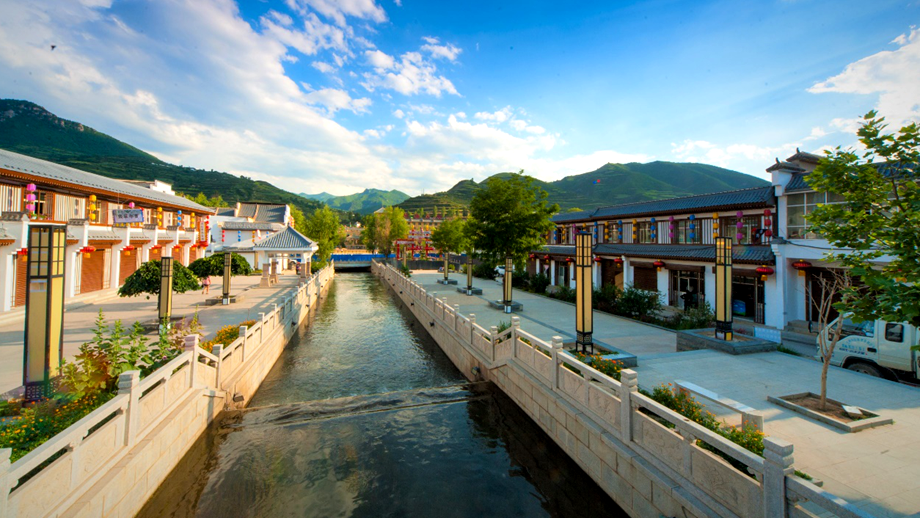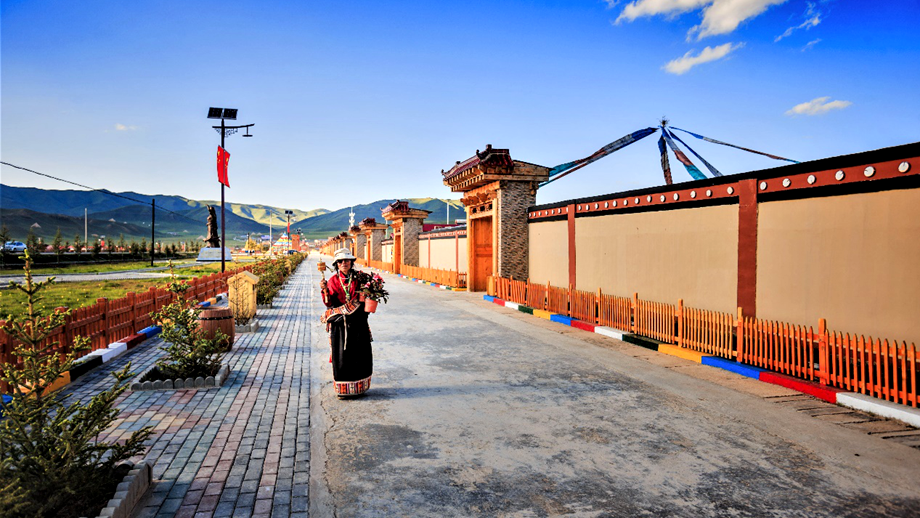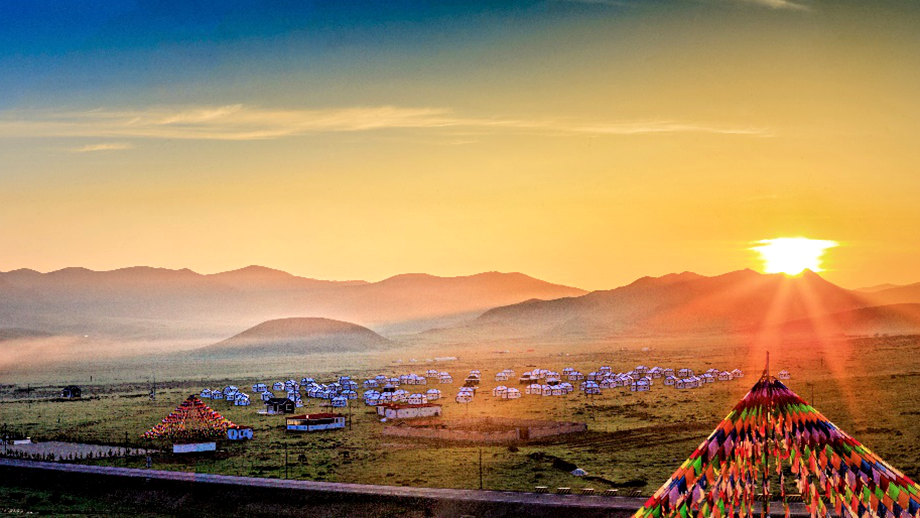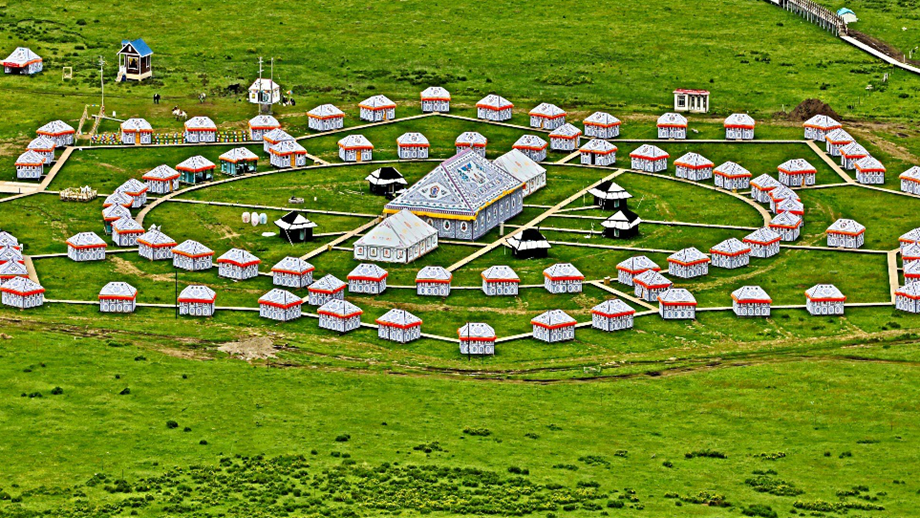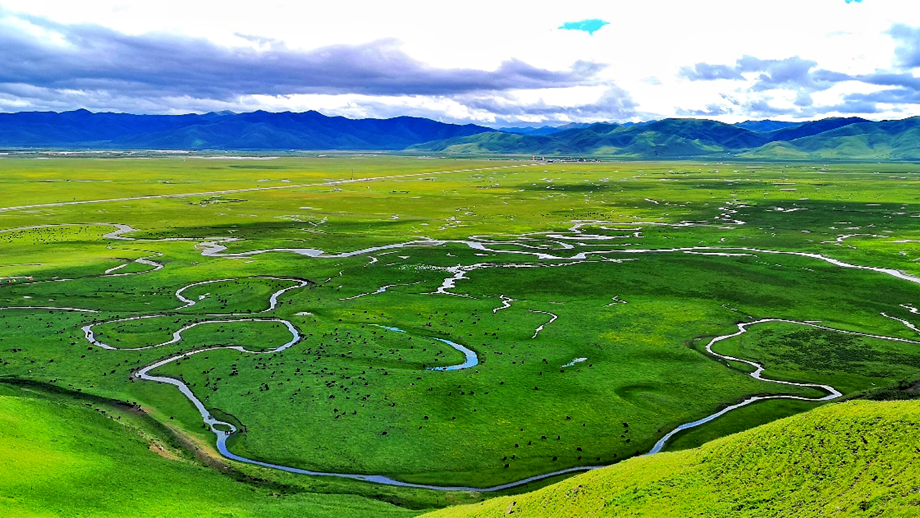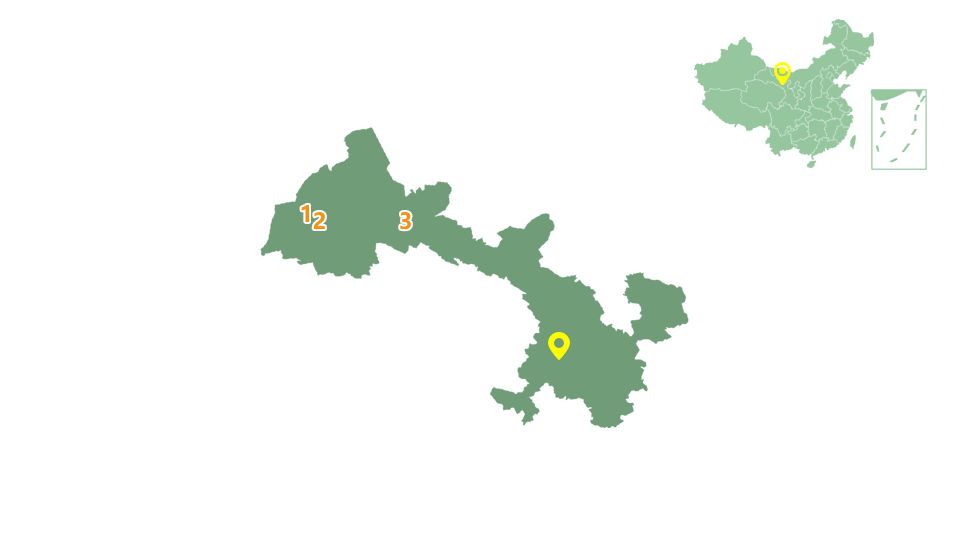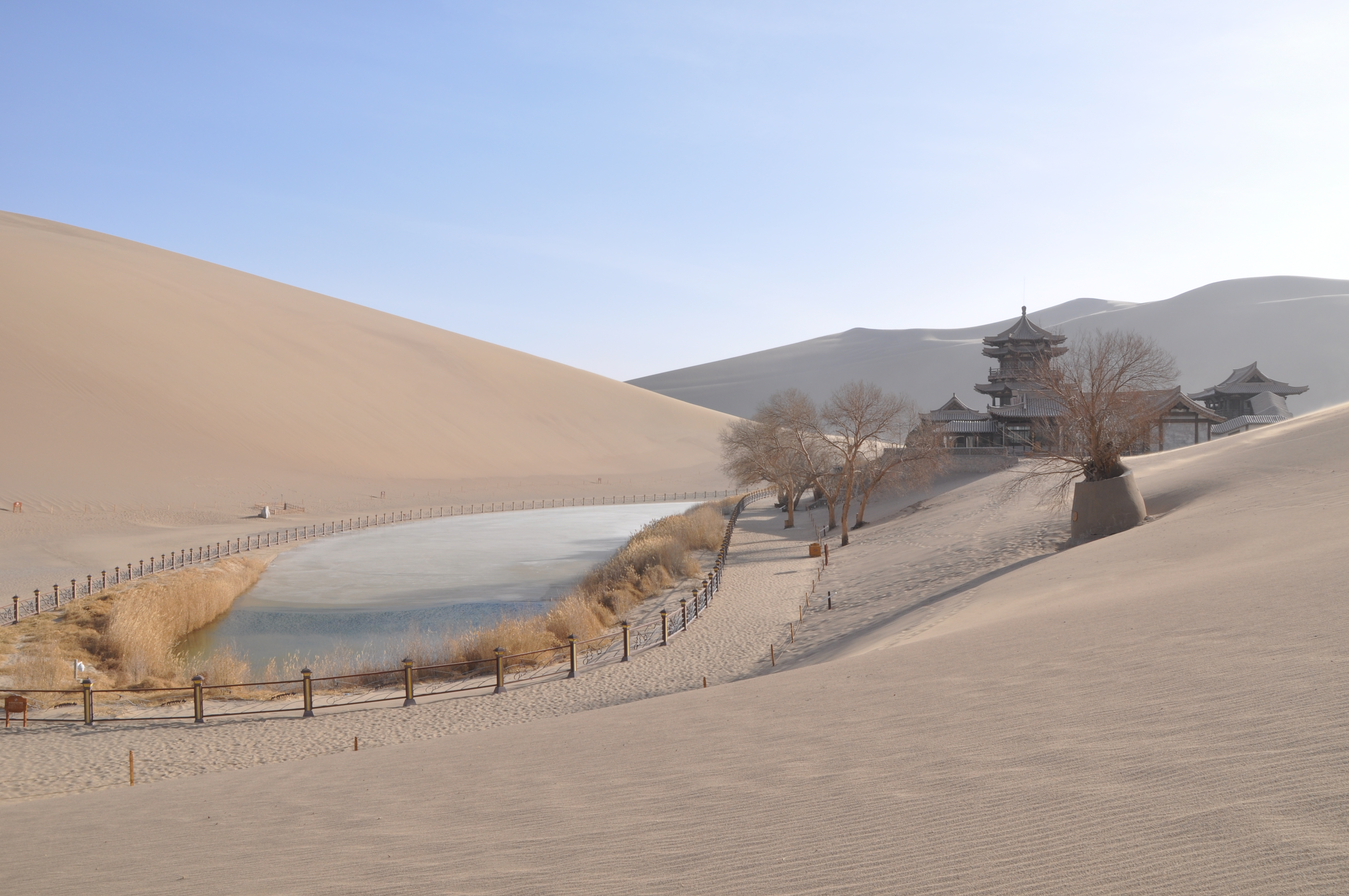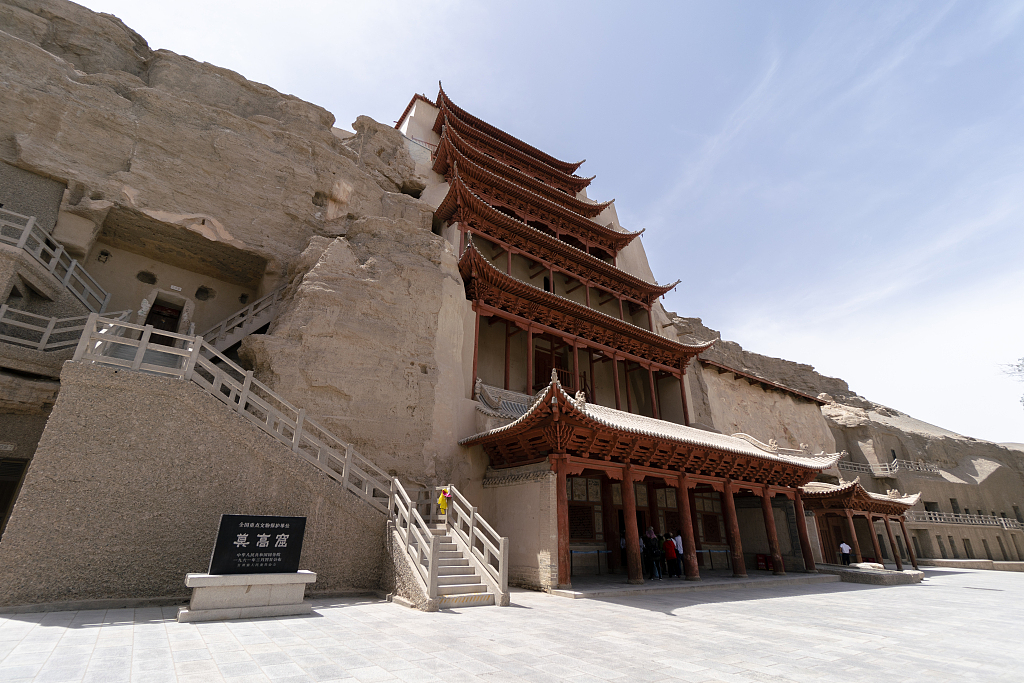
Gannan Tibetan Autonomous Prefecture, Gansu Province, China
Gannan Tibetan Autonomous Prefecture is located in the southwest of Gansu Province. With a vast land, the prefecture is crisscrossed by rivers, and features diverse and unique landforms and terrains, and an intense religious atmosphere. It boasts abundant resources of tourism, livestock, minerals, Tibetan and Chinese medicines and clean energy. In recent years, the prefecture has carried out five development strategies, i.e., creating an eco-friendly prefecture, achieving prosperity through tourism, promoting culture, prospering with industry development and maintaining social stability”, and accelerated the pace of developing an advanced eco-culture demo zone and eco-friendly modernization. Focused on the scheme of “integrating urban and rural development, building a beautiful and happy Gannan and setting up a major industry of all-for-one tourism”, the prefecture has taken vigorous effort to develop rural tourism and effectively pressed ahead with targeted poverty alleviation, creating jobs for 21,500 people. 479 registered poor households and 43,000 people in the prefecture have shaken off poverty through rural tourism, realizing a per capita annual income of 29,300 RMB.
